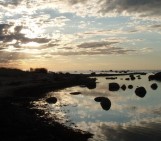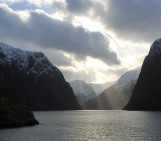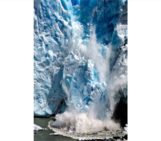The West Norwegian Fjords are the reference point for fjords around the world. One such fjord is Geiranger, which features in this week’s Imaggeo on Mondays. The geological setting of Geirangerfjord – and its climate – has earned the area a spot on UNESCO’s World Heritage List.
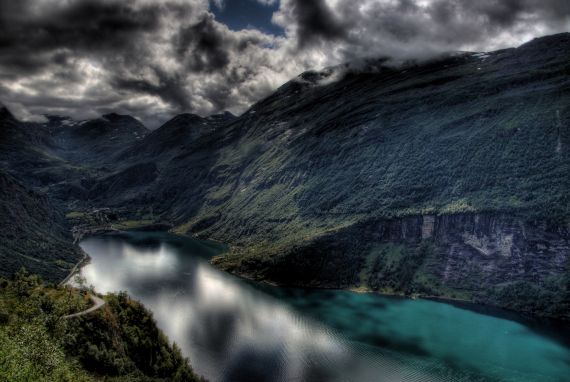
“Storm at Geiranger” by Philippe Chambon, distributed by the EGU under a Creative Commons licence. Geirangerfjord is among the world’s longest and deepest fjords, with water reaching depths of 500 metres and channel walls extending over 1 kilometre in height.
During the last ice age, much of northern Europe was glaciated; covered by a large ice sheet known as the Fennoscandian Ice Sheet, which extended From Norway to the Ural Mountains and as far south as the UK.
The movement of glaciers during the ice age is what formed the fantastic fjords that cut through Norway’s coastline today. Abrasion of the bedrock by ice and other material carried by glaciers cut a deep, steeply sided channel into the ground below. When the glaciers retreated, at the end of the last ice age, the long U-shaped channels they carved filled with meltwater and connected the inlets with the ocean.
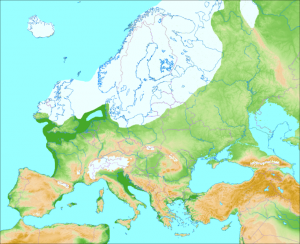
Europe during the last glaciation, approximately 20,000 to 70,000 years before present. (credit: Wikimedia Commons user Ulamm)
Since glaciers terminate in large mounds of unconsolidated sediment that have either been eroded from the valley, or deposited by the glacier, fjords also have an underwater sediment mound that restricts the inflow of water from the sea. This bathymetry means that fjords are typically calm, brackish and – lest we forget – beautiful.
Imaggeo is the EGU’s open access geosciences image repository. A new and improved Imaggeo site will be launching soon, so you will be able to peruse an even better database of visually stunning geoscience images. Photos uploaded to Imaggeo can be used by scientists, the press and the public provided the original author is credited. Photographers also retain full rights of use, as Imaggeo images are licensed and distributed by the EGU under a Creative Commons licence. You can submit your photos here.

